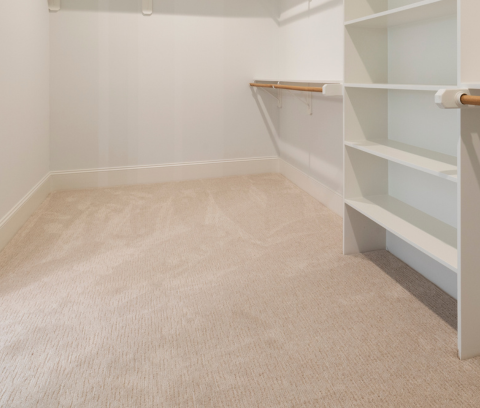15378-Lori Gabbeh Hand-Knotted/Handmade Persian Rug/Carpet Tribal/ Nomadic/Authentic/ Size: 10'2" x 2'6"/ 310cm x 76cm
Previous Product Next ProductBabak's Oriental Carpets
Out of stock
Runners
NR: 15378
Location: Gabbeh
Size: 10'2" x 2'6" / 310cm x 76cm
Country: Iran
Pile: Wool
Base: Cotton
LORI GABBEH
Details:
Woven for centuries, Gabbeh are tribal rugs woven in the south central Zagros mountain range and their plains by the Lori and Gashgai tribes. They are coarsely woven, brightly colored, and...
NR: 15378
Location: Gabbeh
Size: 10'2" x 2'6" / 310cm x 76cm
Country: Iran
Pile: Wool
Base: Cotton
LORI GABBEH
Details:
Woven for centuries, Gabbeh are tribal rugs woven in the south central Zagros mountain range and their plains by the Lori and Gashgai tribes. They are coarsely woven, brightly colored, and have a thick pile. Most of them are sold in the Shiraz bazaar. Typically, the warps, wefts and pile are all of hand-spun wool and there are no fringes: the Kelim at the ends is tucked in and sewn up.
The Lori are one of the most important nomadic tribes of Iran and inhabit the western and southern parts of the country. In much of their territory, they live in areas adjacent to the Ghashgai. Unlike the Ghashgai who speak Turkish, the Lori are of Iranian origin and their language is similar to Persian. Various pressures in the 20th century have forced many Lori to abandon the nomadic life and settle down in villages.
In Farsi (the language of Persia), the word Gabbeh means something raw or natural, uncut or “"in the rough.” Gabbeh are the world's best-known coarsely woven Iranian tribal rugs. Traditionally, the knotting and weaving of nomadic carpets are a woman’s domain and area of expertise. True nomadic rugs such as the Gabbeh are almost exclusively knotted for personal use, and often the woman’s spirit and natural artisanship are quite apparent in these personal interpretations of their life in art.
Description:
There are two main types of Lori rugs on the market. The first are the nomadic carpets produced in the south; these we generally call Lori Behbehan. They are similar to Ghashgai rugs and made entirely of wool, but they use a different range of motifs and are fond of bright contrasting colors. A strong red is particularly prominent. The other type of Lori rug is marketed in the town of Khorramabad and those are called Dozars. These are squarer and more restrained in appearance; a reddish-brown is the main color. The designs are varied; all-over patterning predominates. The fringes are often beautifully braided.
Gabbeh rugs have a very thick pile, woven in a relatively low knot density. Designs are typically geometric and symbolic in shape and style. Gabbeh weavers may be telling a story, depicting a landscape or scene, or even conveying an emotion. Most commonly Gabbeh will be asymmetric and woven to tell a story, with figures and symbols depicting parts of the weaver’s “tale.” Sometimes, figural designs are seen: lions, their bodies covered with small geometrical motifs or copies of relief's at Persepolis (the capital near Shiraz of the Achemenian Dynasty). It is this subjective and random process that renders a genuine Gabbeh a completely unique work of art, distinct from other Persian rugs and from many other types of weaving or knotting in general.
Beware of “knock-offs” from Turkey, India, China and Egypt, to name a few… these cheap imitations are not always handmade, and usually contain inferior wool and chemical dyes on a cotton foundation. You can usually tell by the white fringe that the rug is a cotton-foundation knock-off.
Price Range and Value:
Low to Medium, depending on the craftsmanship, although a Gabbeh is always a sound investment because of the longevity of the rugs themselves.
For any further questions please call us at: (250) 480-7114
Articles & Videos
Wikipedia for Region (Article)
Wikipedia for Lori People (Article)
Landscape & Nature (Video)
Carpet Production (Video)
Documentary: (Video)



































